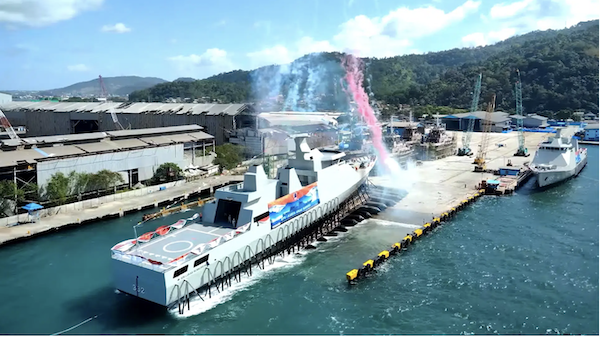By Tom Lewis*
The Indonesian Navy – official name “Indonesian National Military-Naval Force” or TNI-AL – is double the size of the Royal Navy in personnel but has one-third of the major combatants. At 70,000 versus 35,000, with 11 major warships versus 31, those numbers sum up what is wrong with a force that has to patrol an enormous area.


